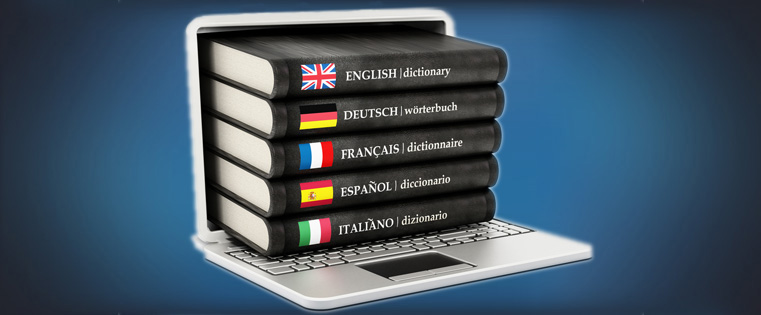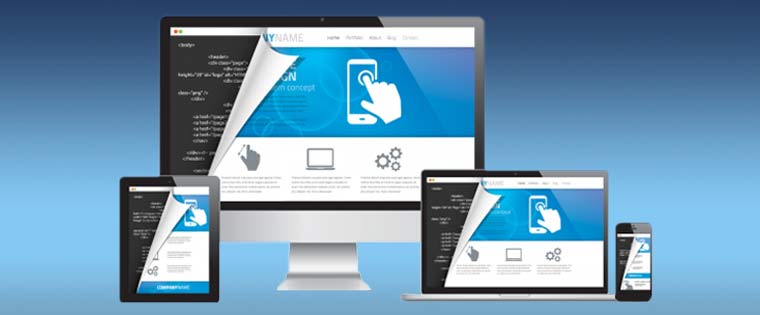E-learning Translations: Tips in Design and Delivery
Translation of e-learning content is becoming a popular practice followed by businesses which operate across the globe.

Translations of e-learning text or localization of content is much in demand by global businesses today. Transnational and multinational organizations have their workforce spread across Asia, Europe, and the United States.
Most of the countries in Asia (except China), and the US, use English as their main language of communication. However, for each of the European countries, the languages used are different. Thus, e-learning translations are mandatory to bridge these language barriers.
Even when it comes to English, the usability of certain phrases or words, idioms, slangs, and pictures may carry have meanings in different places, as is the case with European English and American English. Both languages are known to have stark differences in them. Hence, it is essential to engage some reliable cost effective e-learning translation service provider to ensure training programs run smoothly across the globe.
Let us see some important e-learning translation tips that should be followed to design and deliver content as required.
Tips to Design E-learning Translations
Here are certain tips for you to have a smooth course content design in any language of your choice:
Use Audio-Video Content Wisely:
- Most of the cost of translation comes with visual text, including images, graphics, and text. Hence, minimizing the use of video and graphics can bring down the overall translation cost and can make the entire process easy.
- Translating audios into any other language is also a concern, as it is a time consuming task. While translating, you can reduce any audio to approximately half the length without losing the meaning, yet, costs involved in voiceover could work out very expensive. Hence, the use of audio-video content should be minimized.
Flexible Course Layouts:
- The layouts used should be such that the different lengths of text can be easily accommodated. Sometimes, the length of the translated text is more than the given text and to accommodate it, you need flexible layouts.
- Also, using images, pictures and graphics without text is very helpful in translation. It speeds up the translation process and minimizes the efforts needed to translate and hence brings down the overall cost further.
Internationalization of Content:
- E-learning courses which are used in business locations in different parts of the world are designed and developed for easy adaptation of target audiences which differ in caste, creed, culture, nationality, religion, colour, beliefs, and practices. The content is designed to ensure that it is relevant and sensitive to cultural sensitivities across the globe. For example, certain idioms, phrases, pictures or slang terms could either not be understood, misunderstood or be outright offensive. We need to keep these aspects in mind when translating e-learning courses.
Use Rapid Authoring Tools:
- Rapid authoring tools are the key to designing easy e-learning courses and translating them as well. These tools make the translation of content quick and easy. Authoring tools such as Adobe Captivate, Articulate Storyline, and Lectora Inspire are great tools.
Many businesses are going global and are getting their websites and training materials designed in multiple languages to target employees and clients situated across the world. The use of flexible layouts while designing the courses have also risen and a lot of companies are opting to get the same e-learning content translated in different languages, to make the entire process of training quick, cost-effective, and influential.
Tips While Executing e-Learning Translations
Delivering the translated content in different languages is quite challenging. Here are a few tips that would help you manage e-learning translations smoothly without major challenges:
Hire Native and Expert Translators for Technical Translations:
- Technical translation may involve a lot of acronyms or abbreviations, formulae, rules, and other technical details for which domain expertise is needed. Hence, for translating any technical course, you should hire native and expert translator to deliver quality content, which is error-free.
- It has been observed that,if a native speaker having technical expertise is used for translation,the chances of receiving accuracy goes up to 90%.
Use Terminology Used by the Client:
- Always ask for reference files from your client, which could be provided as PDFs, web-links, or any other format. These reference links give an overview of the terminology preferred by your client.
- Compile all these new terminologies in the translation memory tool to get a high quality translated product right in the first go.
Quality Checks at Every Level:
- After every file is translated, a quality check must be done. This gives the translator a chance to go back and edit the file to rectify errors.
- Another quality check should be done at the lead translator’s end, to further weed out errors.
- And, the final quality check should be done at the delivery point where you receive all the translated files in the specified format. This ensures a good quality product with high accuracy.
Following these tips can save you a great deal of time and effort needed to translate the content in the desired format. The tips provided above are based on real work experiences and are valuable for those who are new to e-Learning translation.





